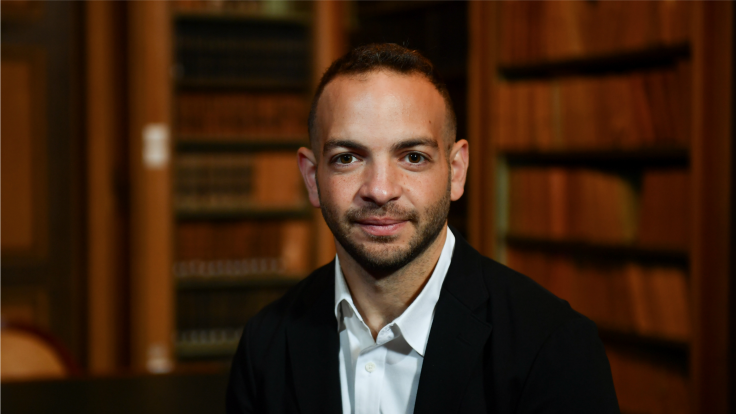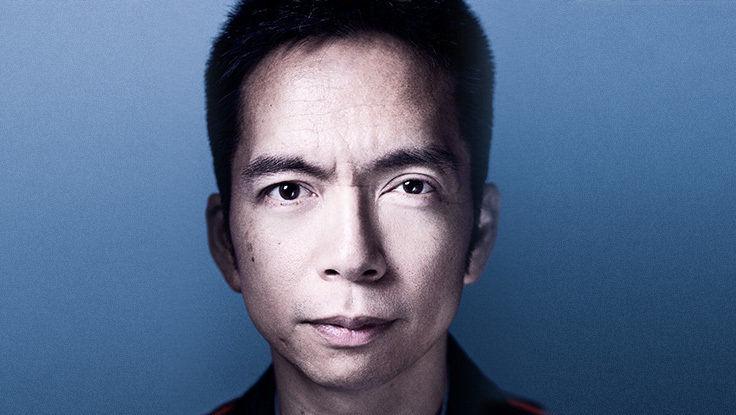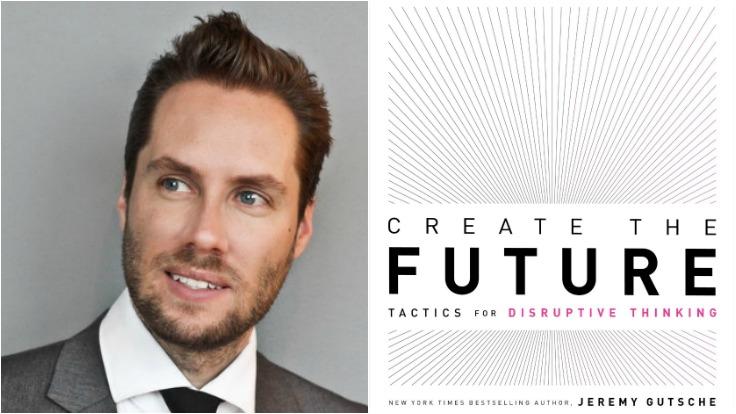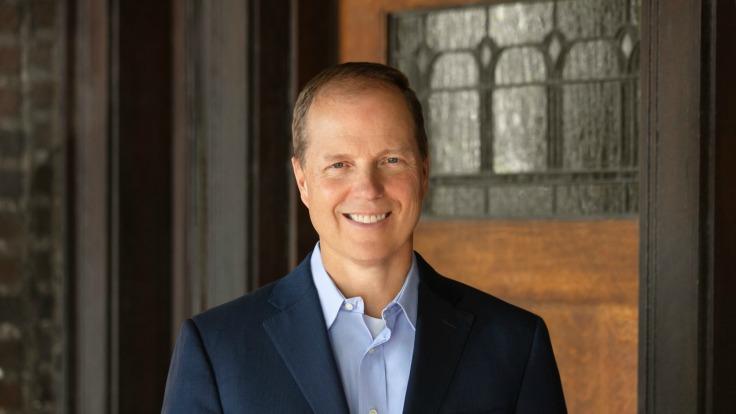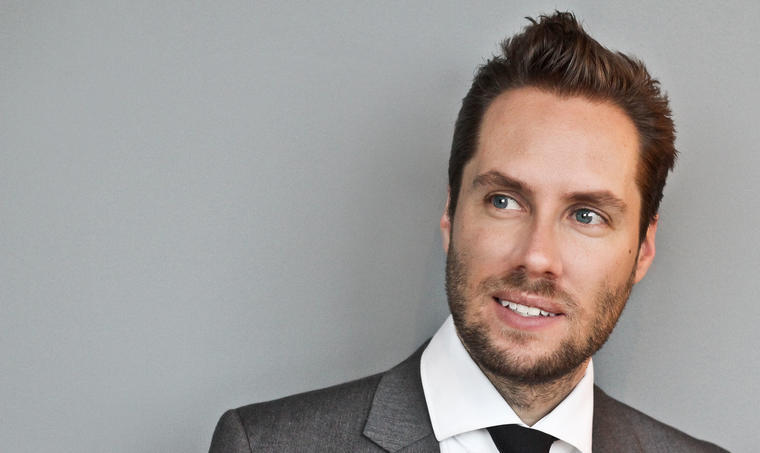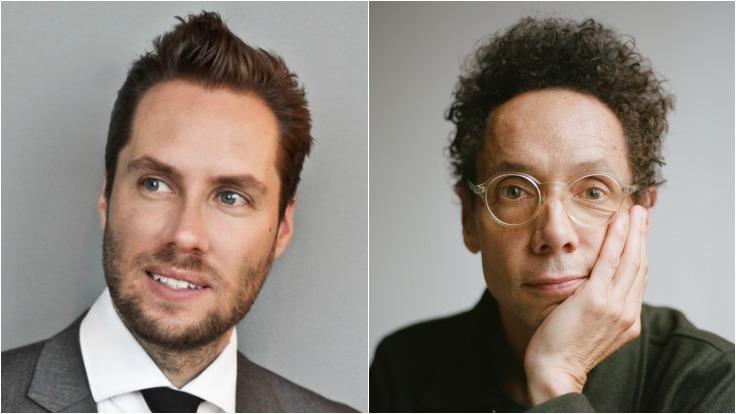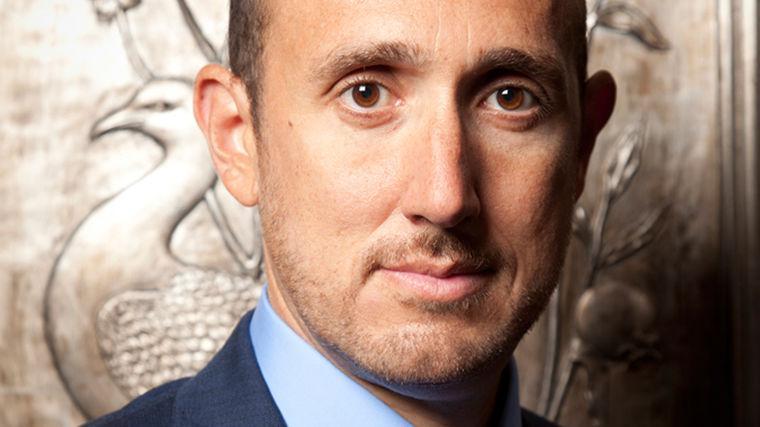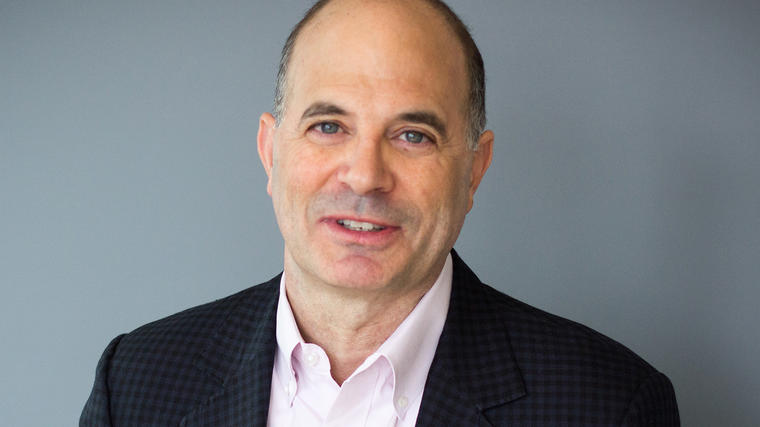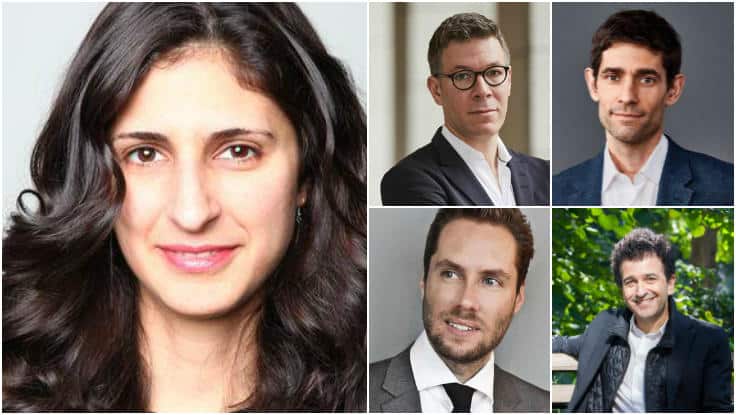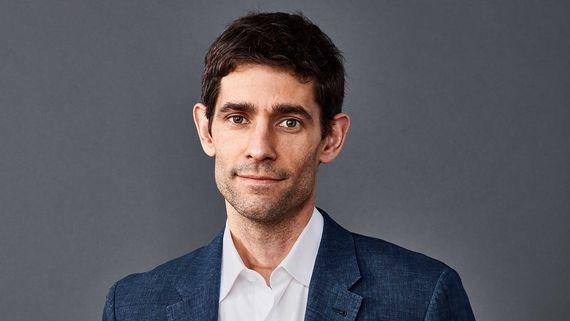In Always Day One, tech reporter Alex Kantrowitz explores the industry’s unique culture of innovation. More than just a catchy slogan, the book’s title refers to the bedrock principle employed by one of the largest, most successful companies in the world: Amazon. The logic being that failure to invent like a start-up will eventually lead to irrelevance and decline. Kantrowitz builds upon this principle, along with other tools and tactics, used by the tech giants to propel their growth and dominance at the stage when most big companies begin to fail.
Though these companies do receive a fair amount of criticism, Kantrowitz argues that we must extract the most useful tactics in their playbook in order to level the playing field. “The tech giants are successful largely because they’ve reimagined how we approach work. With the assistance of automation and collaboration software, they’ve figured out how to maximize the time their employees spend coming up with new ideas and minimize the time they spend supporting existing products,” Kantrowitz says. In other words, by not becoming overly attached to their flagship products, companies like Facebook, Google, Microsoft, and Amazon are able to continually reinvent. And it’s time that other organizations started taking note. The economic hardship presented by COVID-19 leaves no other choice.
In a post-pandemic world, the leaders who cling to their legacy assets and protect them at all costs won’t get very far. But the leaders who build cultures like the ones modelled by the tech giants—cultures that prioritize invention and reinvention—will have more than a fighting chance.
To book speaker Alex Kantrowitz for your next virtual event, contact The Lavin Agency today, his exclusive speakers bureau.
